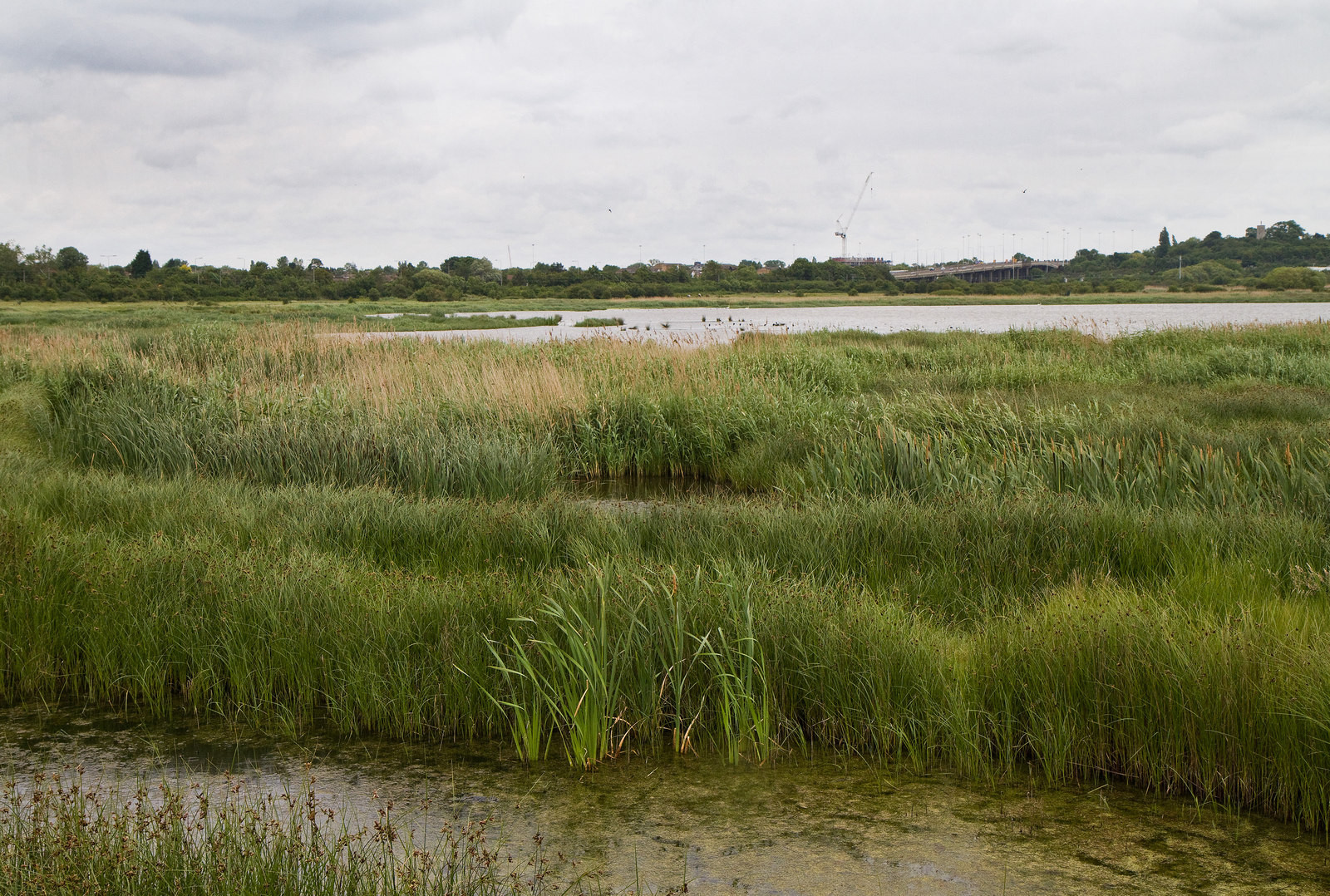Beschreibung
RSPB Vange Marsh consists of a large freshwater lagoon, reedbed and saline lagoon with some grassland and scrub, The area hosts breeding Säbelschnäbler, Flußregenpfeifer, Kiebitz and Rohrammer. While Pfeifente, Krickente and Löffelente are regular visitors in the winter. Vange Marsh is a quite hidden place, with lots of birds, insects and if you are lucky you can see rabbits. Among the other birds that can be spotted in the area are Kuckuck, Bartmeise, Schilfrohrsänger, Teichrohrsänger, Seidensänger, Wintergoldhähnchen, Klappergrasmücke, Dorngrasmücke, Trauerbachstelze, Rohrweihe, Feldlerche and Austernfischer.
Details
Zugang
RSPB Vange Marsh is located south of the town of Basildon. Turn off the A13 at the Pitsea Junction and follow signs for Wat Tyler Country Park. Travel down Pitsea Hall Lane straight over the mini roundabout and then across the railway bridge. Park your car in the Pitsea railway station's Pay and Display car park just before the level crossing on the left. Click on the P in the map for directions to the parking. Follow the footpath opposite Pitsea station for 0.6 km (0.4 miles), cross the un-manned, gated railway crossing into the reserve.
Saline lagoon trail: From the kissing gate follow the 0.4 km (0.24 miles) track to the viewing screen overlooking the saline lagoon, passing the reedbed on one side and freshwater lagoon on the other.
Freshwater lagoon trail: Continuing straight on from the kissing gate, the 0.9 km (0.55 miles) path follows the north western shore of the freshwater lagoon and ends on a raised bank at its western end.
Terrain und Habitat
Grasland, Wiesen , Feuchtgebiet , Ebene , Vereinzelte Bäume und Büsche , Schilfflächen , Schlammflächen , TeichBedingungen
Flach , Offene Landschaft , SumpfigRundweg
NeinIst ein Spektiv nützlich?
JaGute Beobachtungszeit
GanzjährigBeste Beobachtungszeit
Frühjahr , Herbstzug , FrühjahrszugRoute
unbefestigte StraßeSchwierigkeitsgrad der Tour
EinfachErreichbarkeit
zu FußBeobachtungshütten oder -türme
NeinZusätzliche Informationen
This site can be extremely muddy in areas, especially during Autumn and Winter making the ground very wet and slippery.



